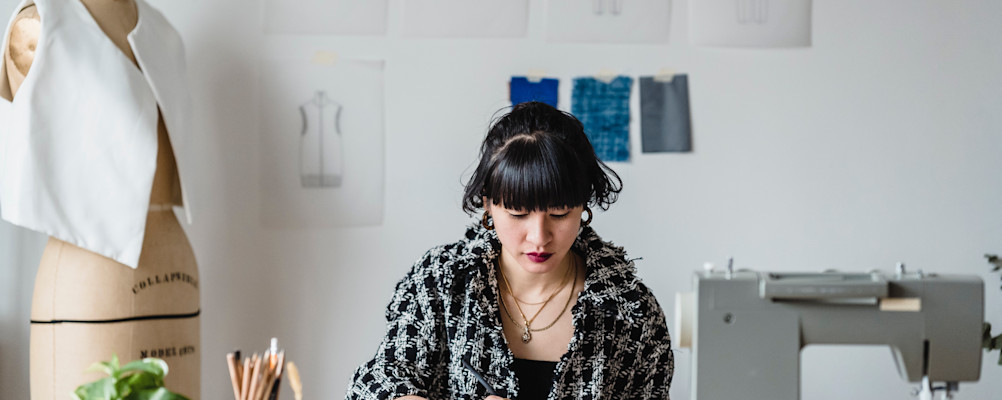"The collaboration in this project is new, the partners have never worked together before. One of our partners is the large textile collection company Sympany. They find the project very valuable, as they have long been looking for ways to better sort textile materials so that more textiles can be recycled instead of incinerated. We also work with the Dutch Pest & Wildlife Expertise Centre (KAD). For the first time they experience that research on moths does not only aim at extermination, but can also contribute to a positive use of these insects."
Hopes and goals
"We hope that the research will show that clothes moths can separate relevant fibers in non-wearable clothing. Also, we are curious whether the 'frass' (moth poop) provides a new, fertile raw material. Hopefully, we will be able to scale up these biological principles in follow-up research to contribute to the sustainable goals of the textile sector."
"We want to breed 'happy' moths, that is, to know under what conditions the moths flourish. The results are already promising. We are very curious to see if they will succeed in converting the fibers they excrete into something valuable. Maybe we can mimic their metabolism. But anyway, these textile-eating and frass pooping critters are very interesting if you look at them through a different lens. It's a small project, but our expectations are high."



